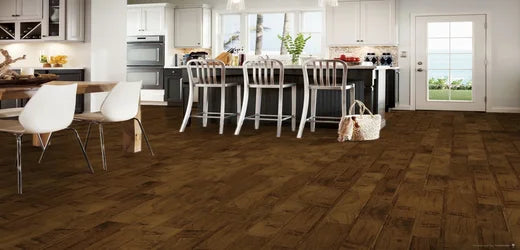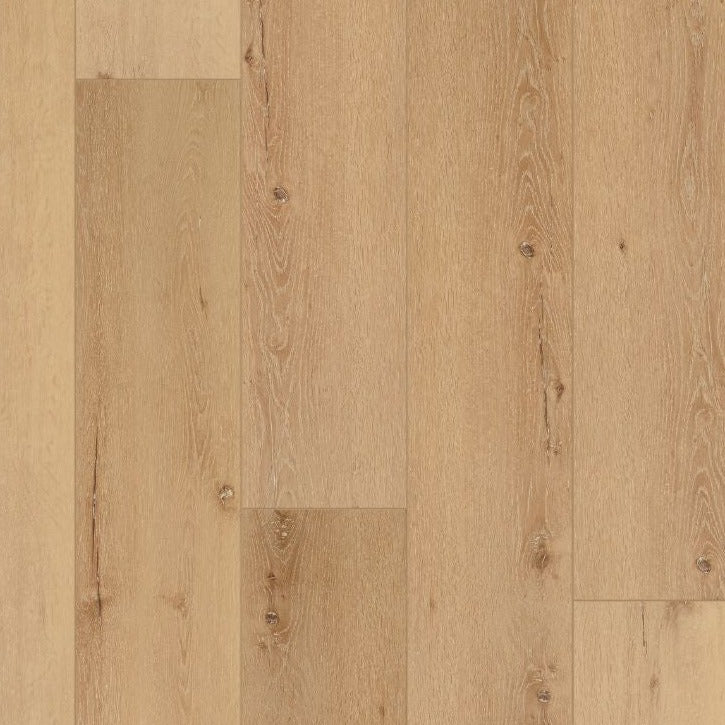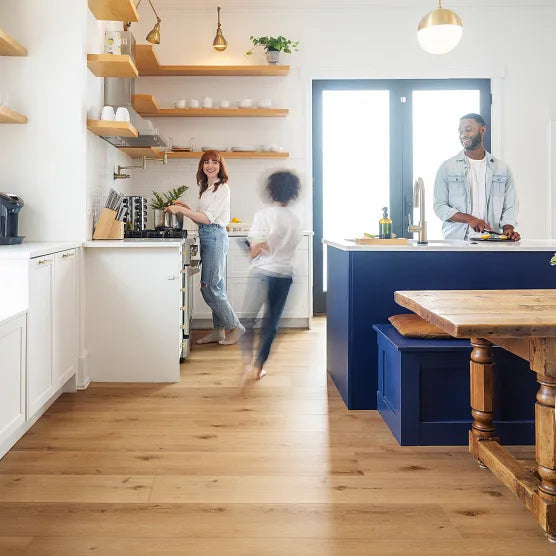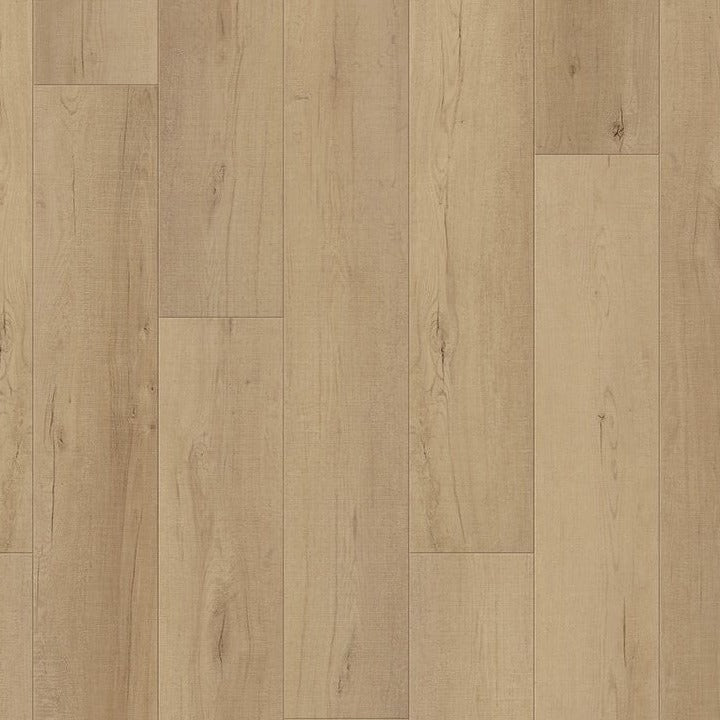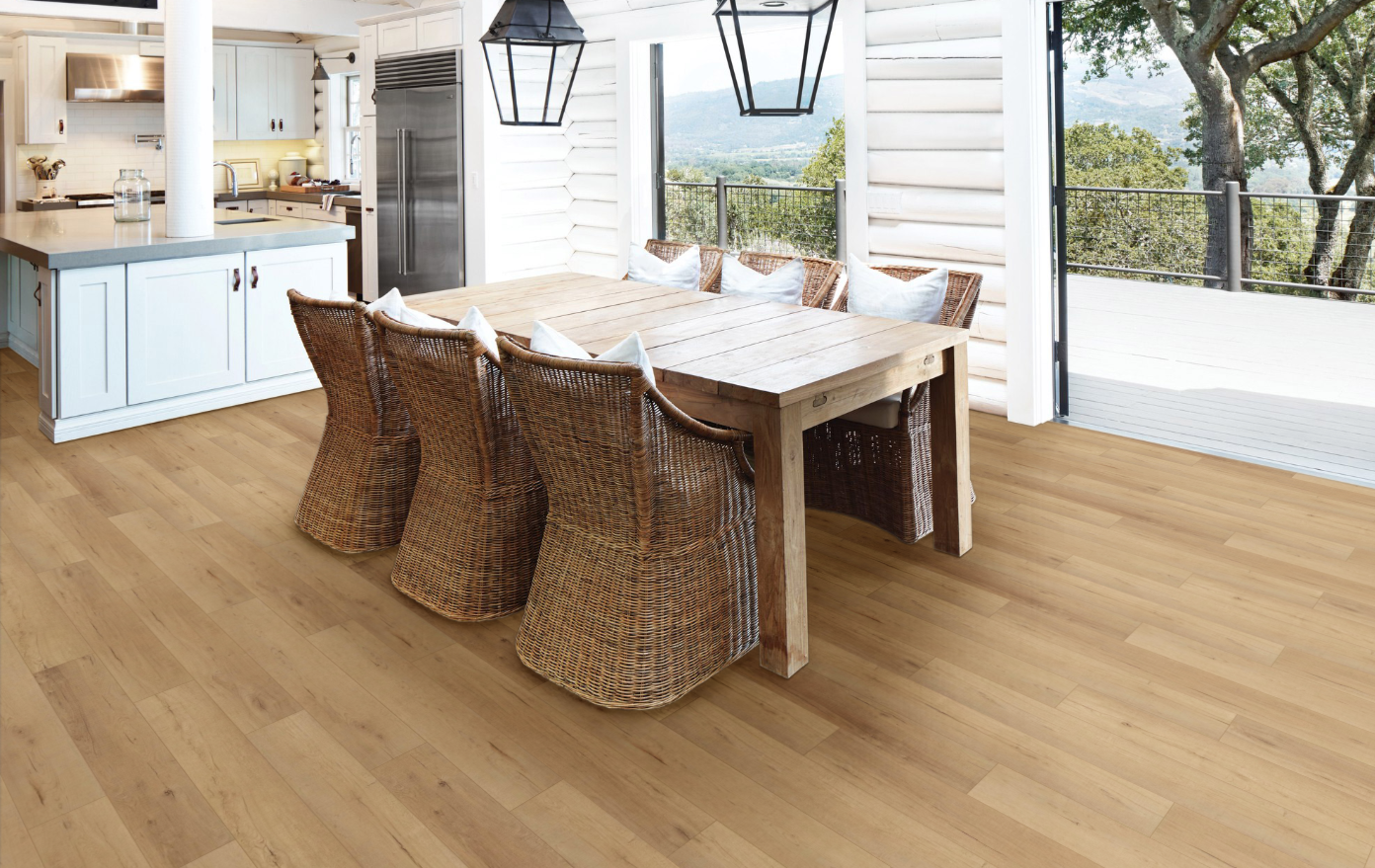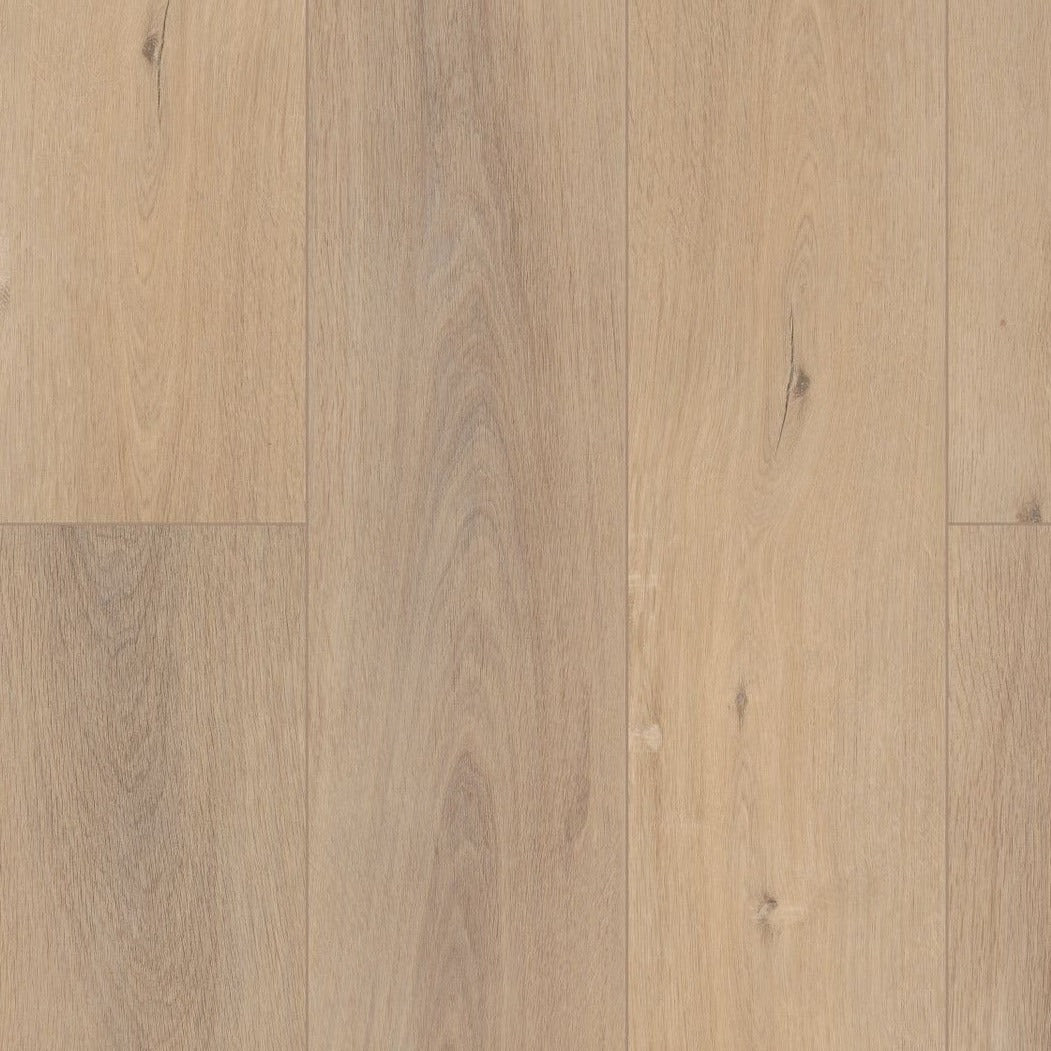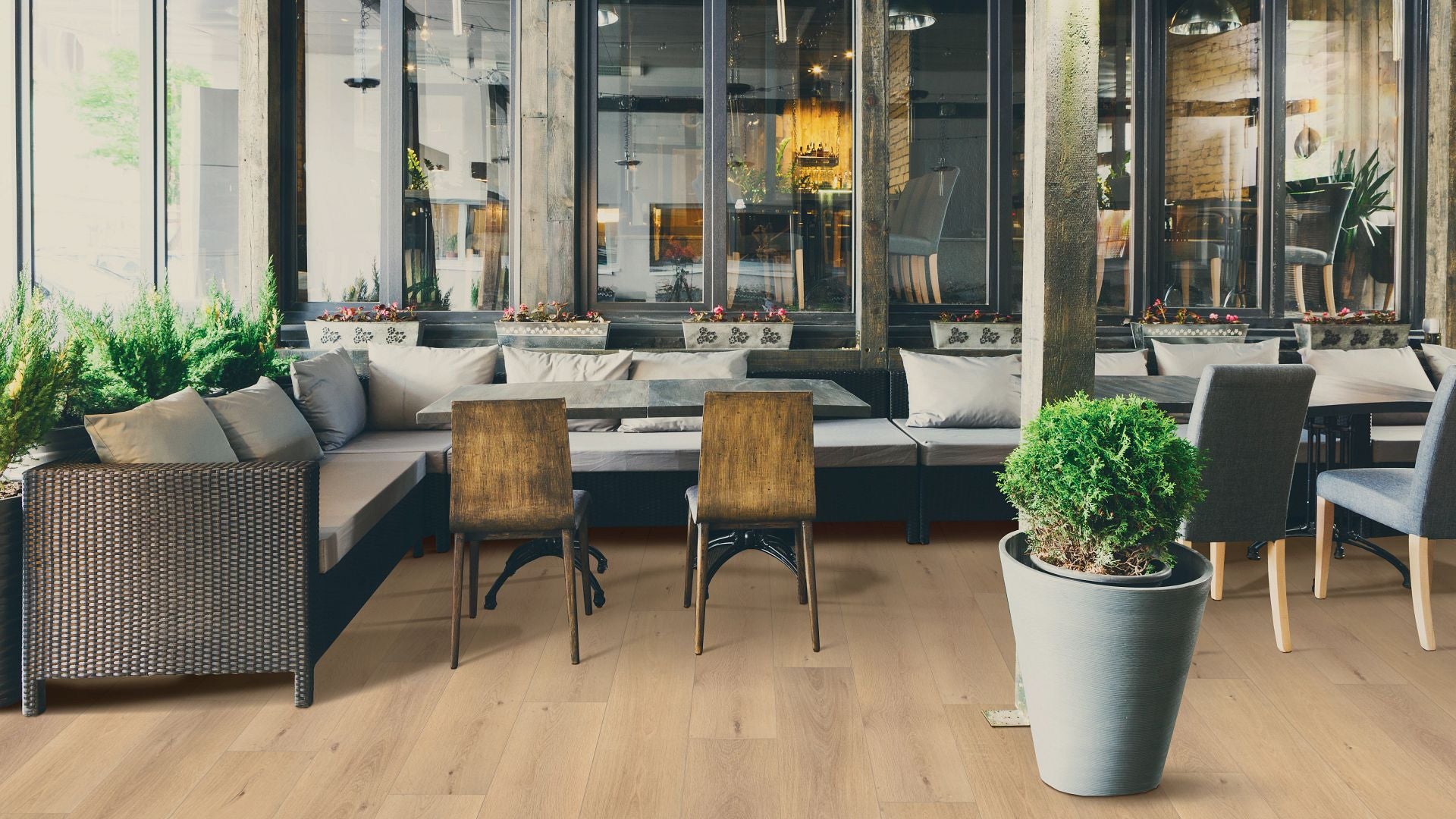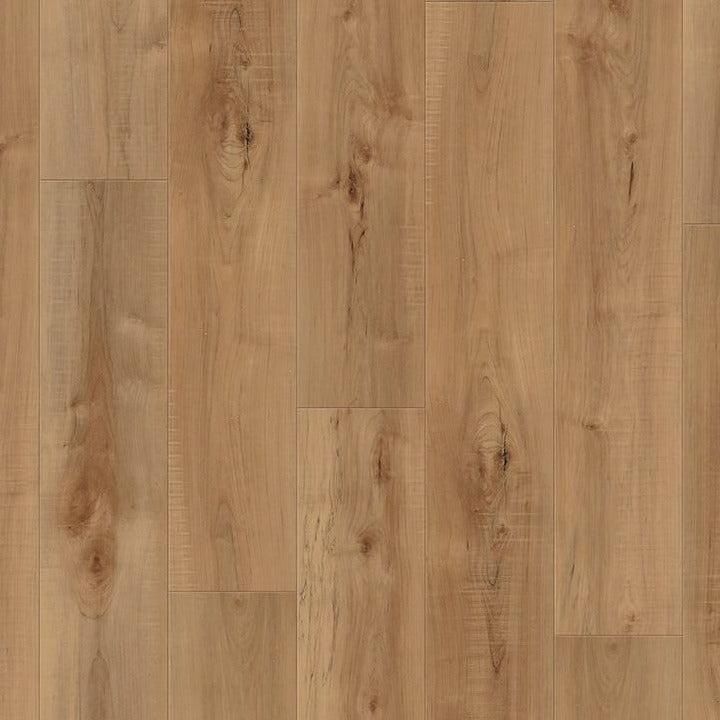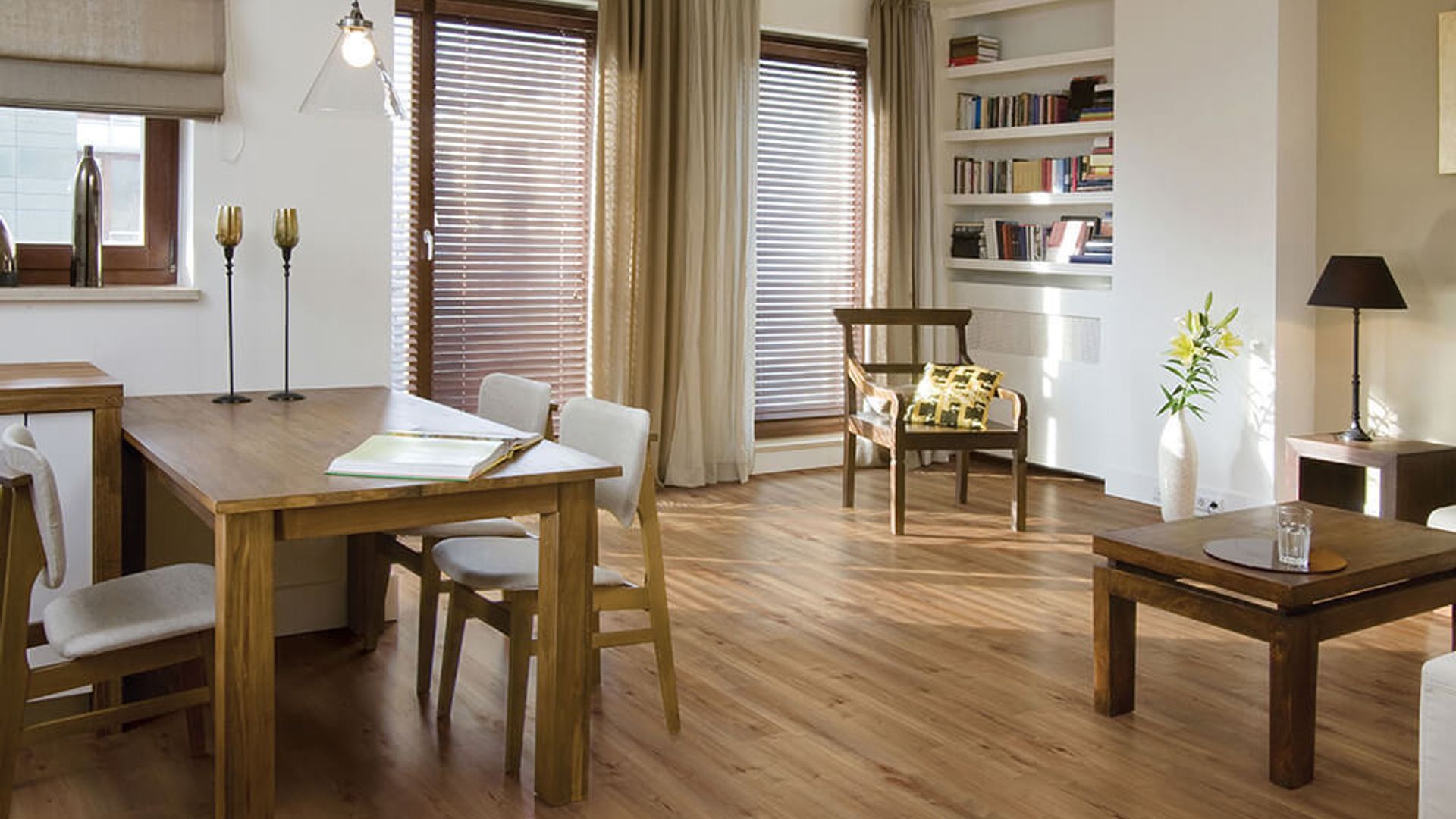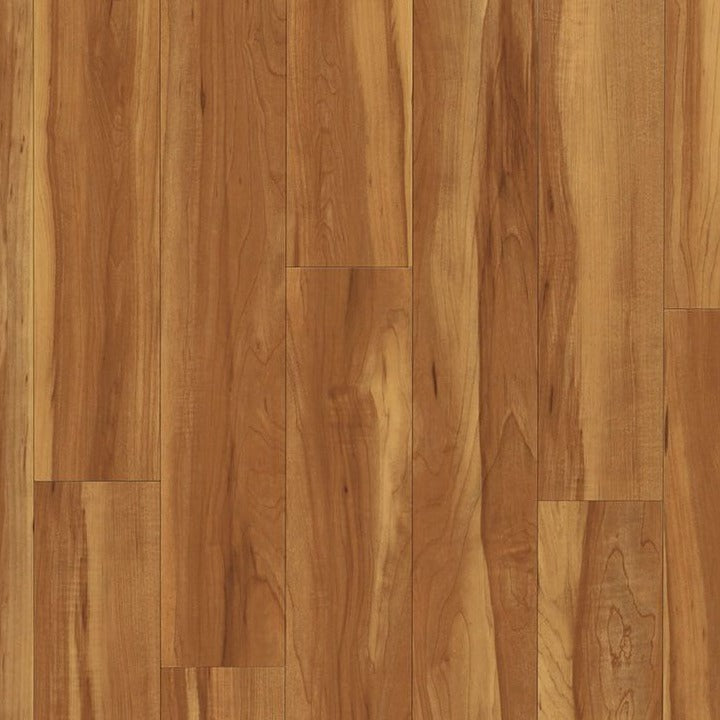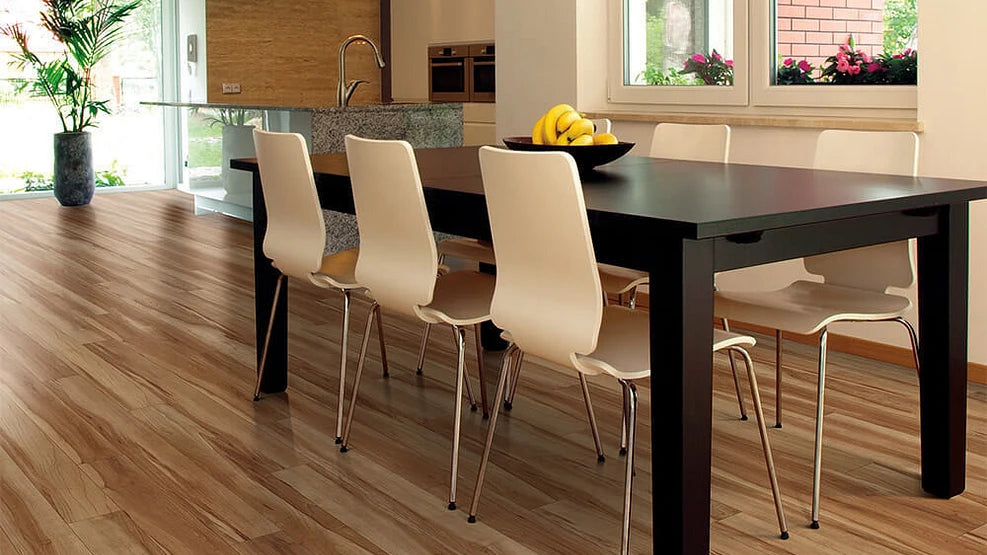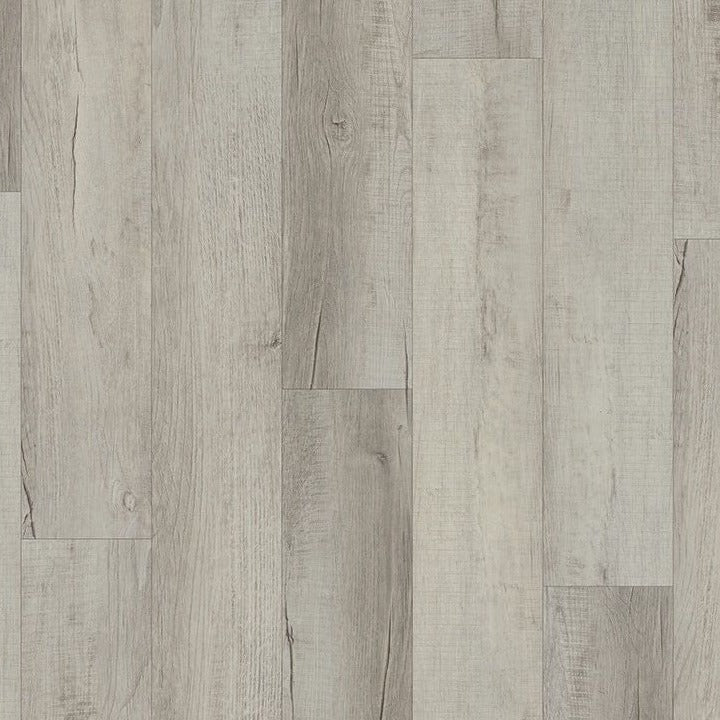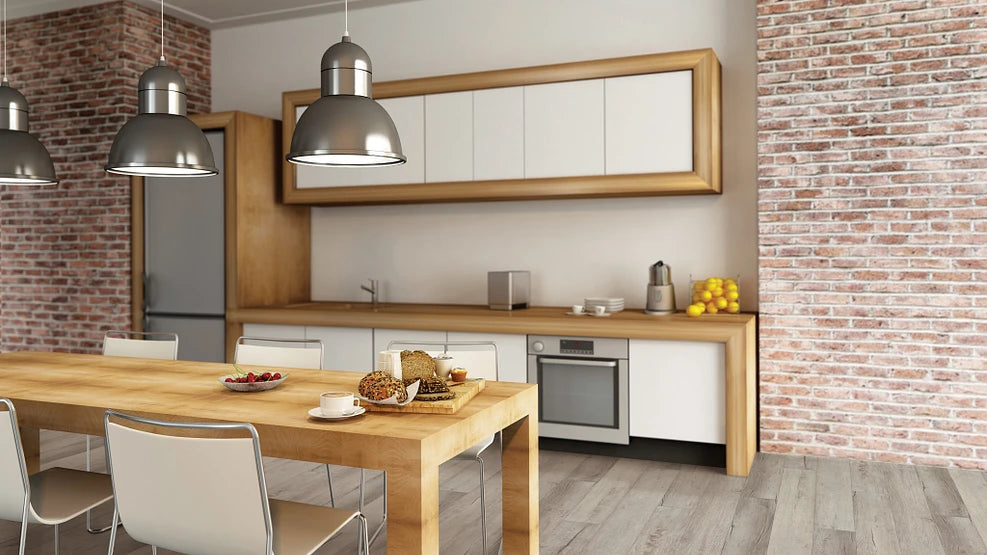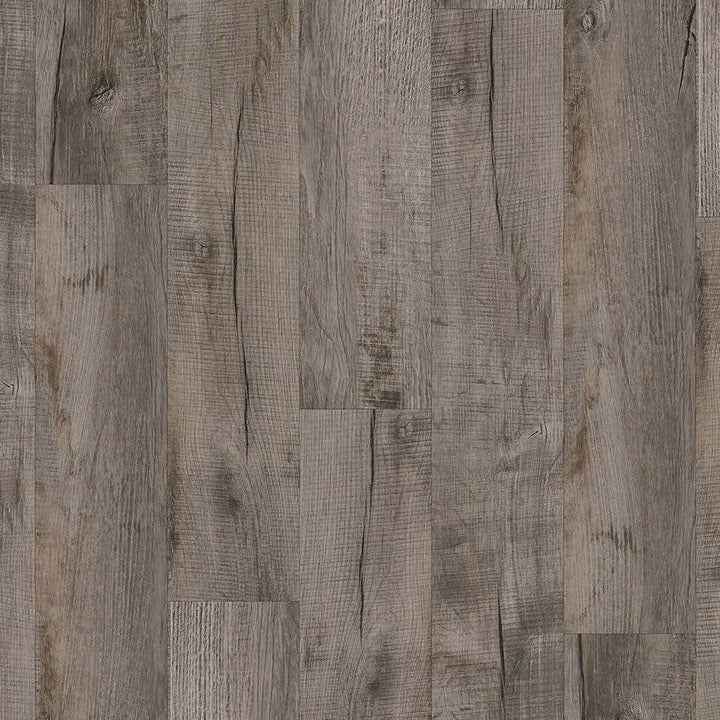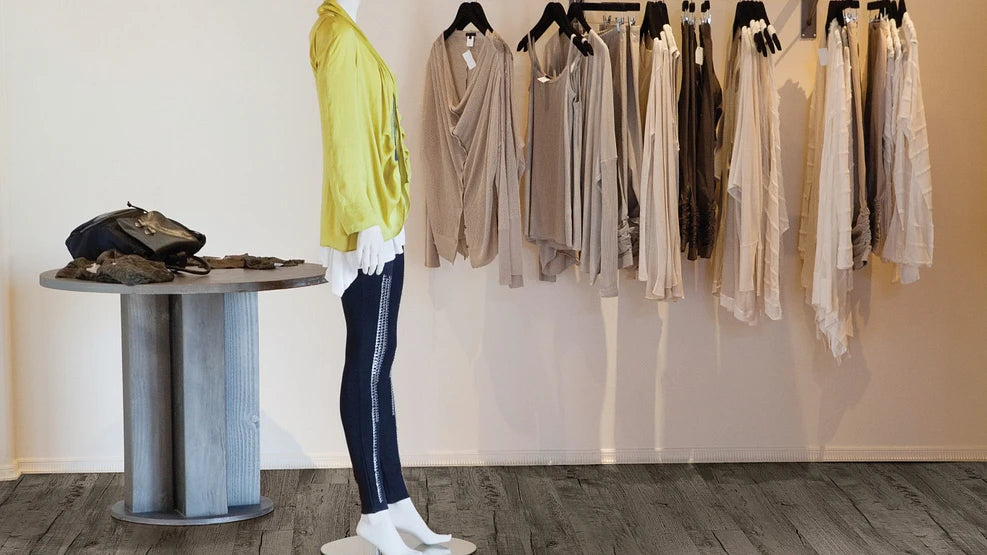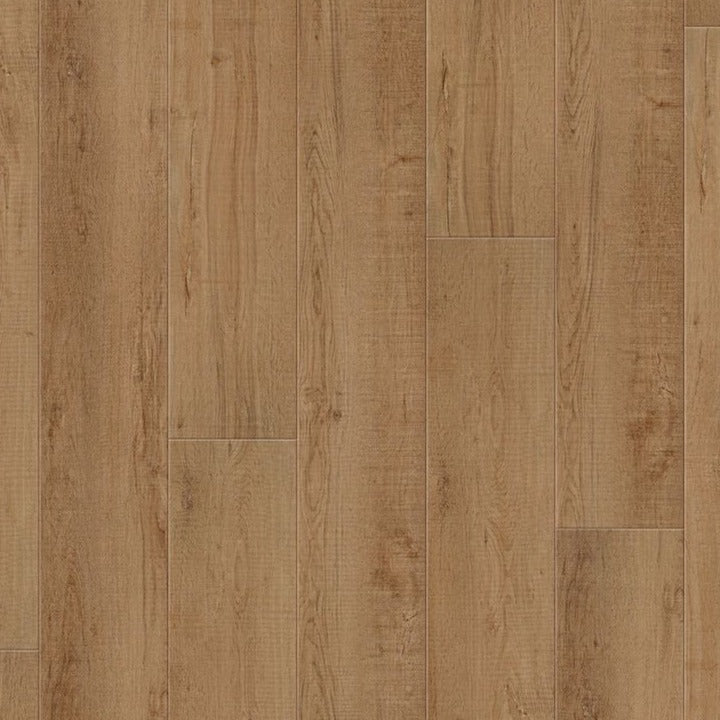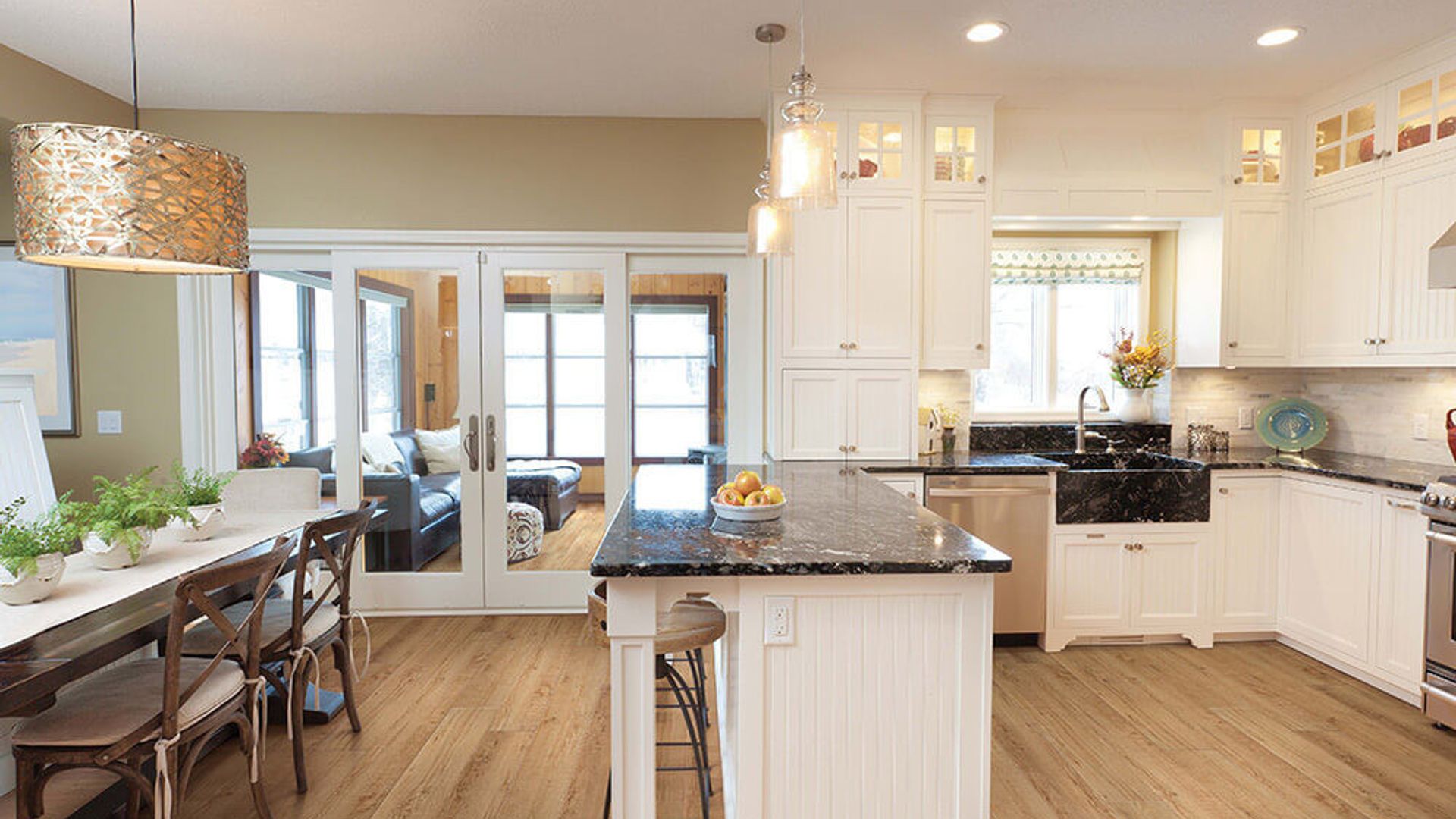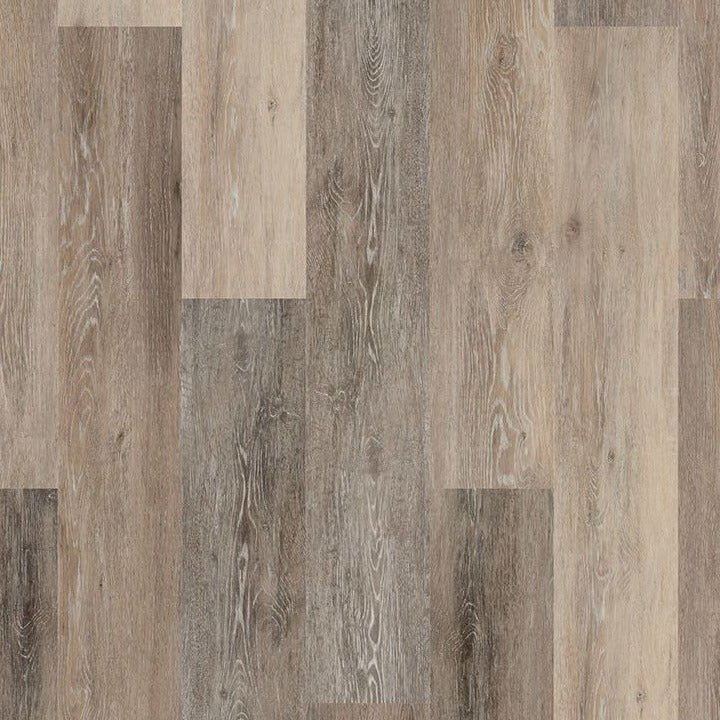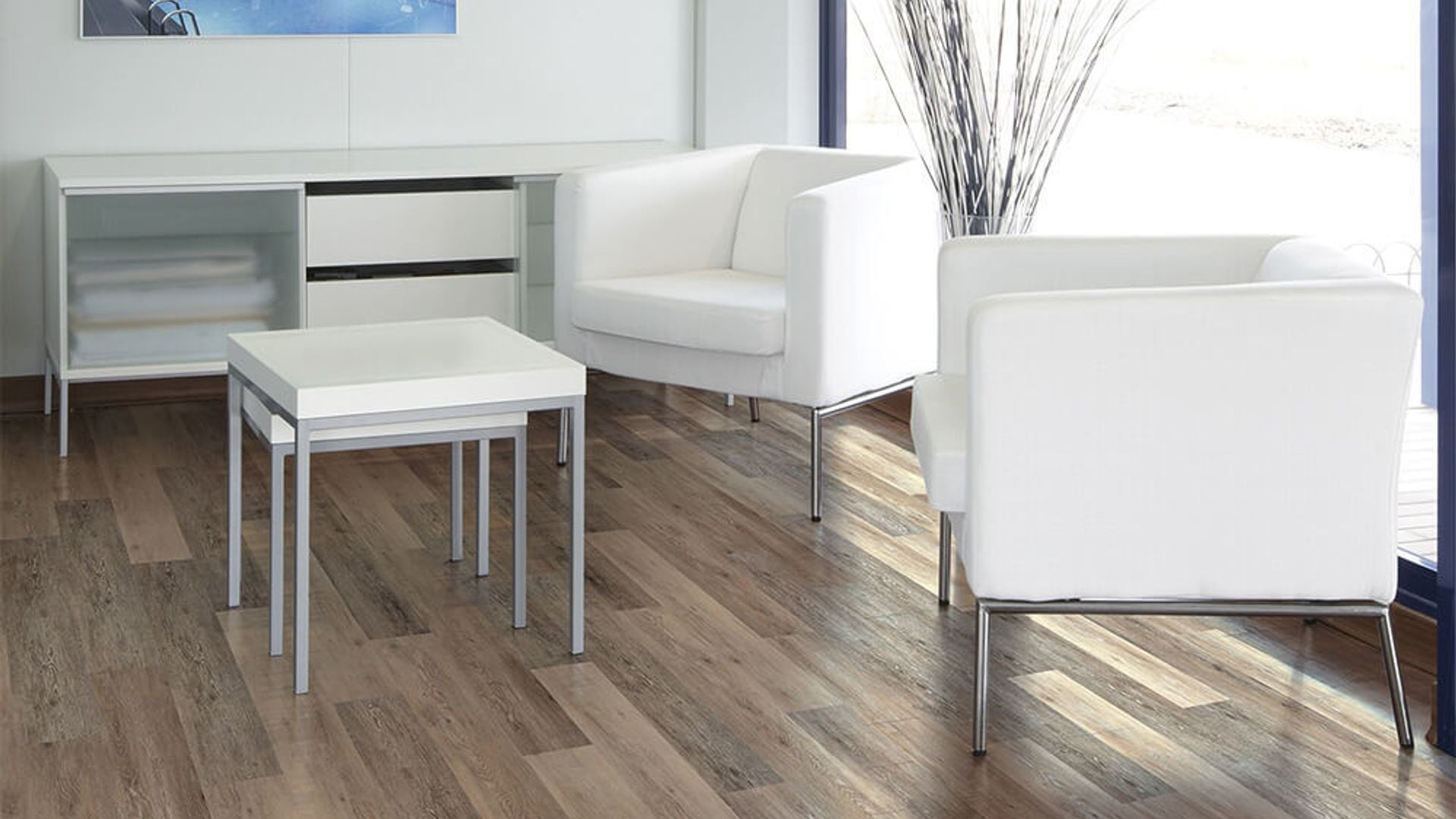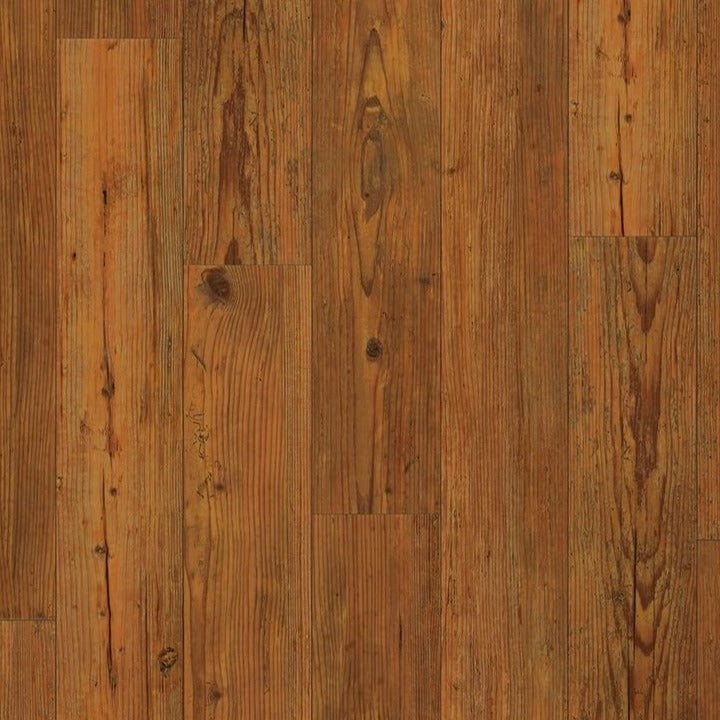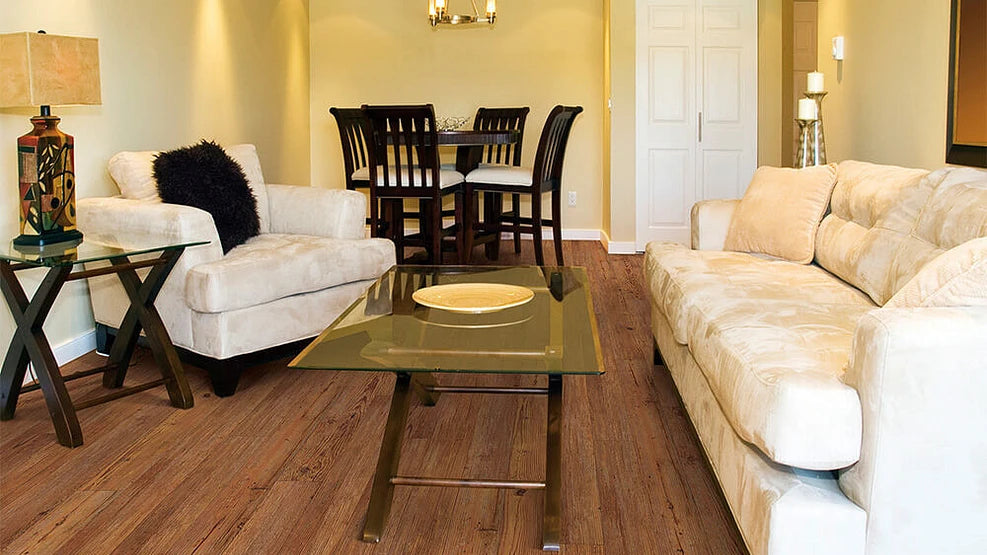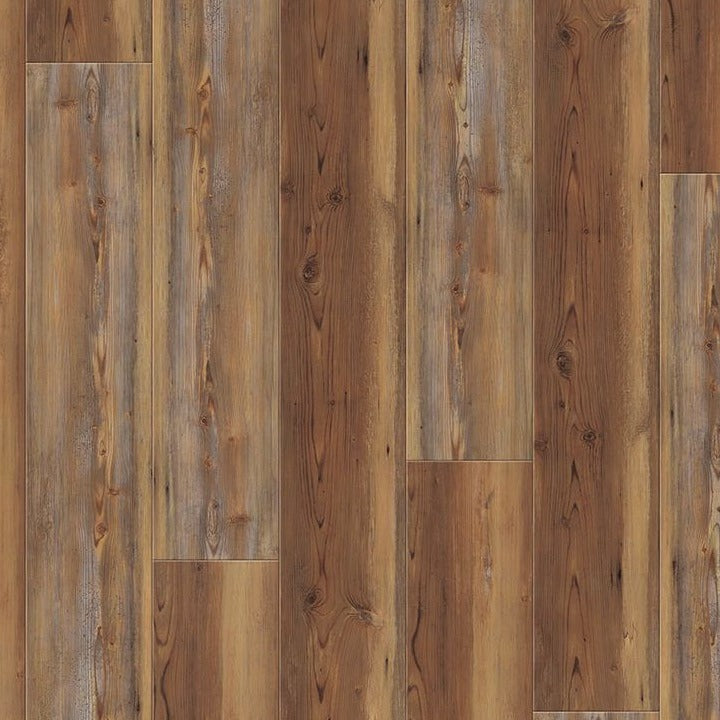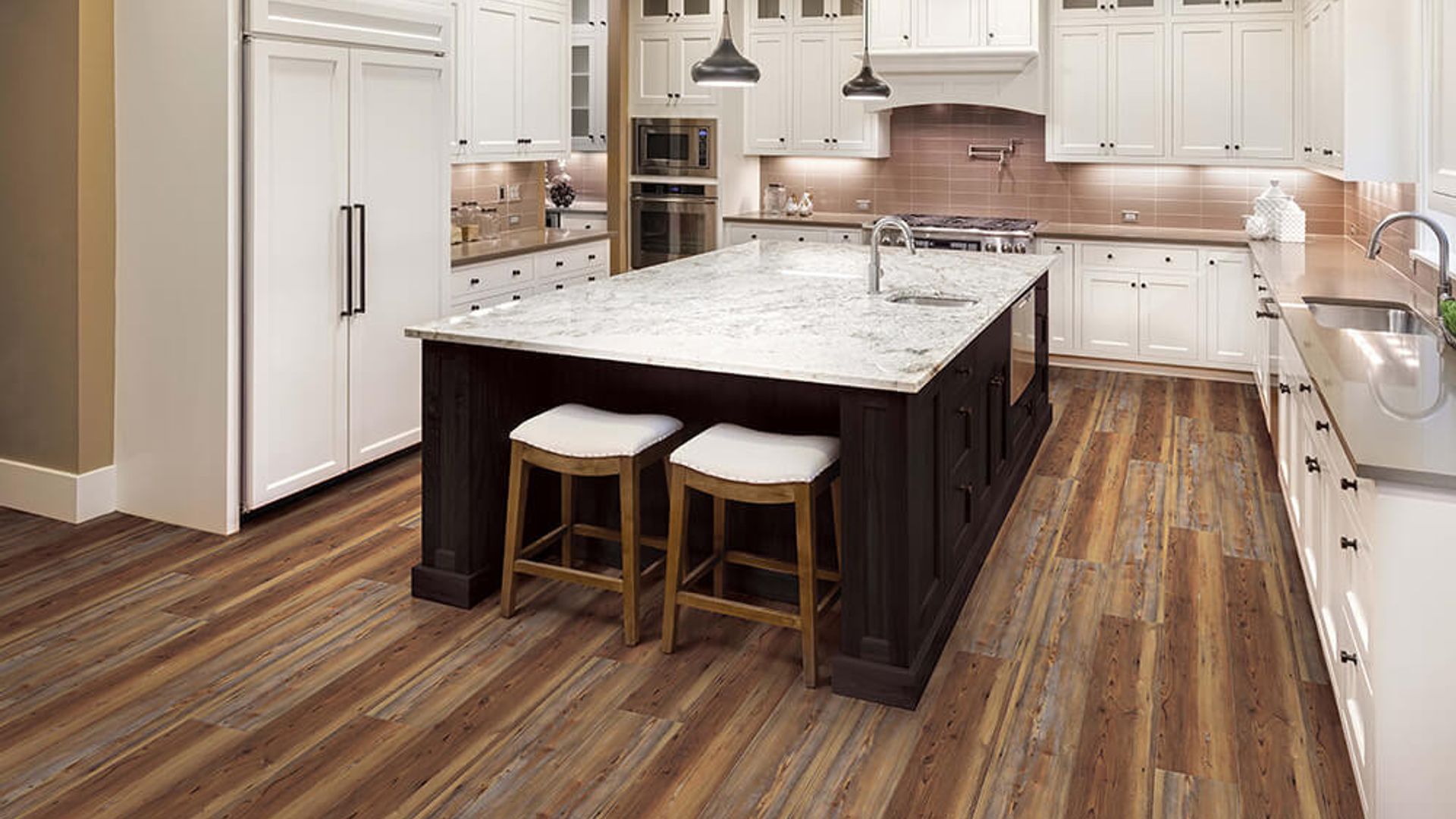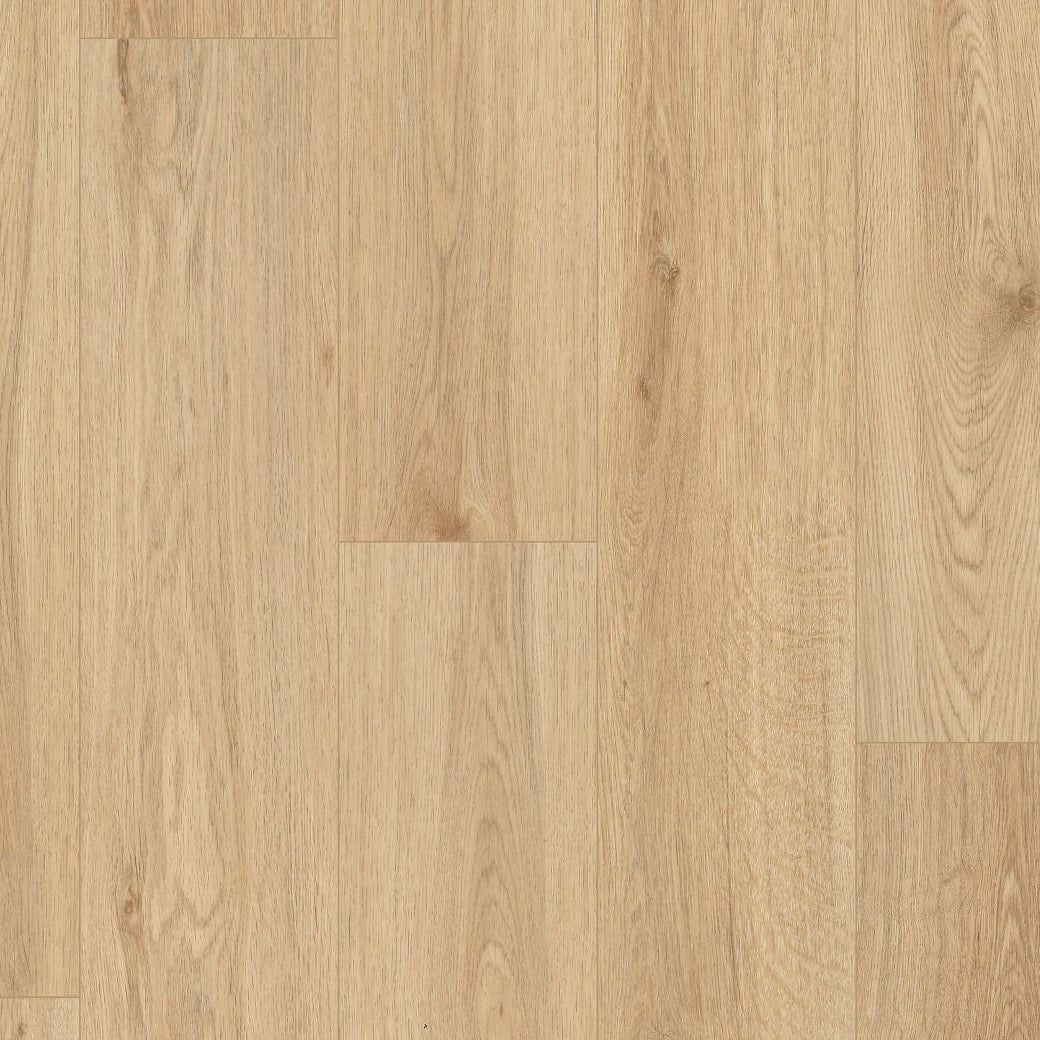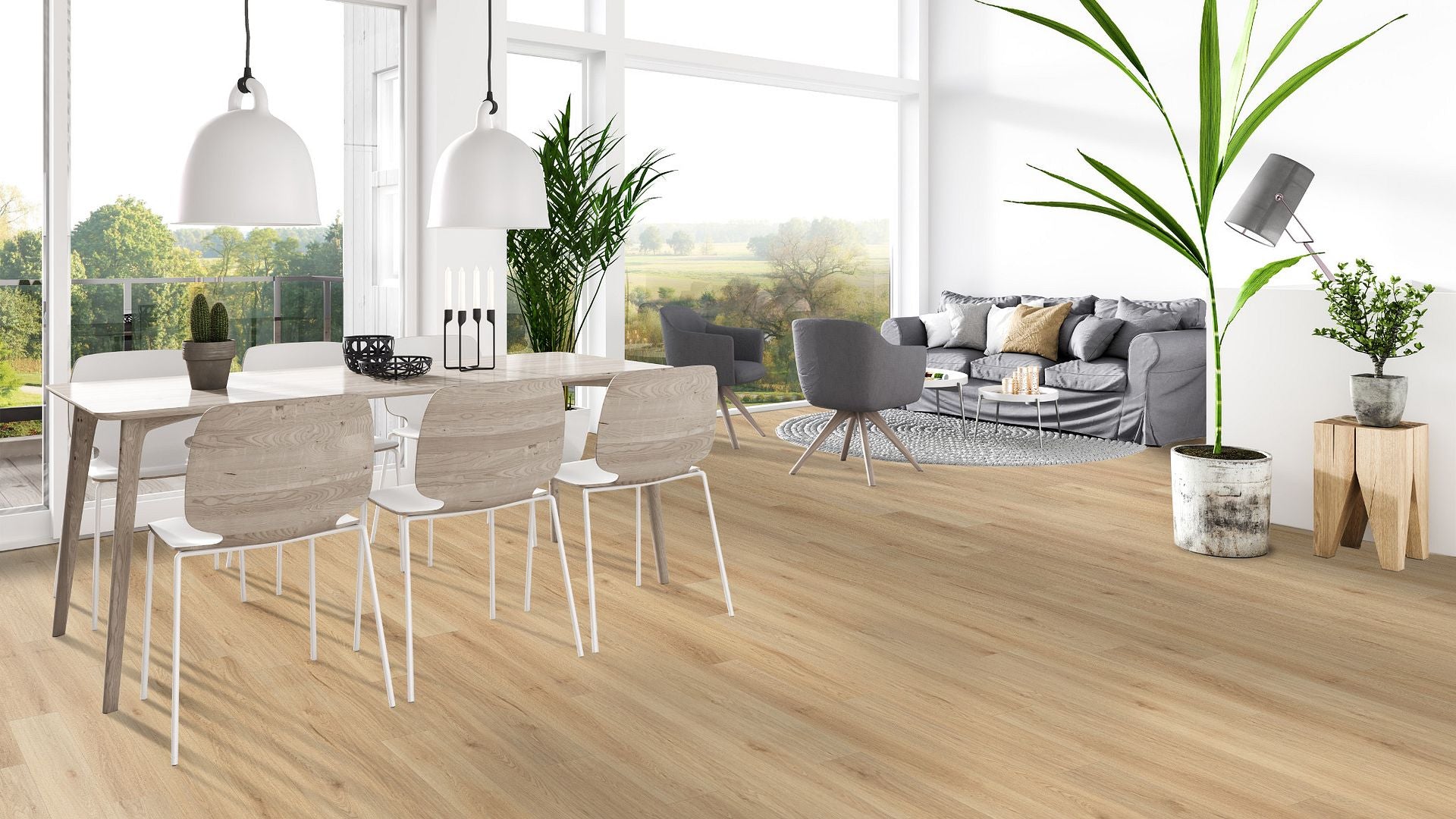Luxury Vinyl Plank (LVP) and Engineered Hardwood are two popular flooring options, each with its unique characteristics and advantages. Understanding the differences between LVP and Engineered Hardwood is essential for homeowners looking to make informed decisions about the flooring that best suits their needs.
Luxury Vinyl Plank (LVP)

Luxury Vinyl Plank is a synthetic flooring material celebrated for its versatility and durability. Comprising layers like a resilient vinyl core, a wood or stone mimicking photographic layer, and a protective wear layer, LVP is crafted through advanced manufacturing processes, resulting in resilient and visually appealing flooring.
LVP key features
Water Resistance: Highly resistant to moisture, LVP is an excellent choice for spill-prone or high-humidity areas like kitchens, bathrooms, and basements, distinguishing it from traditional hardwood.
Durability: Renowned for withstanding scratches, dents, and stains, LVP's robust wear layer, often made of materials like urethane, shields against daily wear and tear. This durability suits high-traffic areas and homes with pets or children.
Versatility in Design: LVP offers a diverse range of design options, including realistic wood and stone patterns. Advanced printing technology replicates the appearance of natural materials, allowing homeowners to achieve desired aesthetics without the costs associated with natural wood.
Ease of Installation: Designed for easy installation with options like click-and-lock or glue-down systems, LVP caters to both professional installations and DIY projects, contributing to its cost-effectiveness.
Comfort and Sound Absorption: Providing a softer underfoot feel than traditional hardwood, LVP offers comfort and sound absorption, reducing noise impact in homes and making it suitable for multi-level living spaces.
Engineered Hardwood

Engineered Hardwood seamlessly blends the beauty of real wood with enhanced stability through advanced construction. Comprising a real wood wear layer atop multiple layers of plywood or high-density fiberboard (HDF), this layered structure provides increased resistance to temperature and humidity fluctuations compared to solid hardwood.
Engineered Hardwood Key Features
Authenticity and Aesthetic Appeal: Engineered Hardwood delivers an authentic look and feel, showcasing natural grain patterns, color variations, and textures of the chosen wood species for a timeless and elegant appearance.
Durability: Although not as moisture-resistant as Luxury Vinyl Plank (LVP), engineered hardwood offers enhanced stability. The layered construction minimizes the risk of warping or cupping, making it suitable for various environments, including those with moderate humidity levels.
Refinishing Capability: Engineered hardwood can be sanded and refinished, depending on the thickness of the wear layer. This feature allows homeowners to refresh floors and address surface imperfections over time.
Installation Options: Offering versatile installation methods like floating, glue-down, or nail-down installations, engineered hardwood adapts to different subfloor types and conditions.
Natural Feel: The real wood wear layer provides a natural and authentic underfoot feel, capturing the warmth and character associated with traditional hardwood flooring.
Conclusion
LVP shines in water resistance and versatility, while Engineered Hardwood offers authentic warmth and stability. The decision rests on homeowner requirements, style preferences, and budget considerations.
Choosing between LVP and Engineered Hardwood depends on individual preferences, lifestyle, and specific space needs. For moisture-prone areas, LVP excels with its water resistance. Those valuing authenticity and genuine wood feel may prefer engineered hardwood, provided their budget allows. LVP is budget-friendly, offering a cost-effective wood appearance. While LVP is DIY-friendly, engineered hardwood, with various installation methods, may benefit from professional installation.


